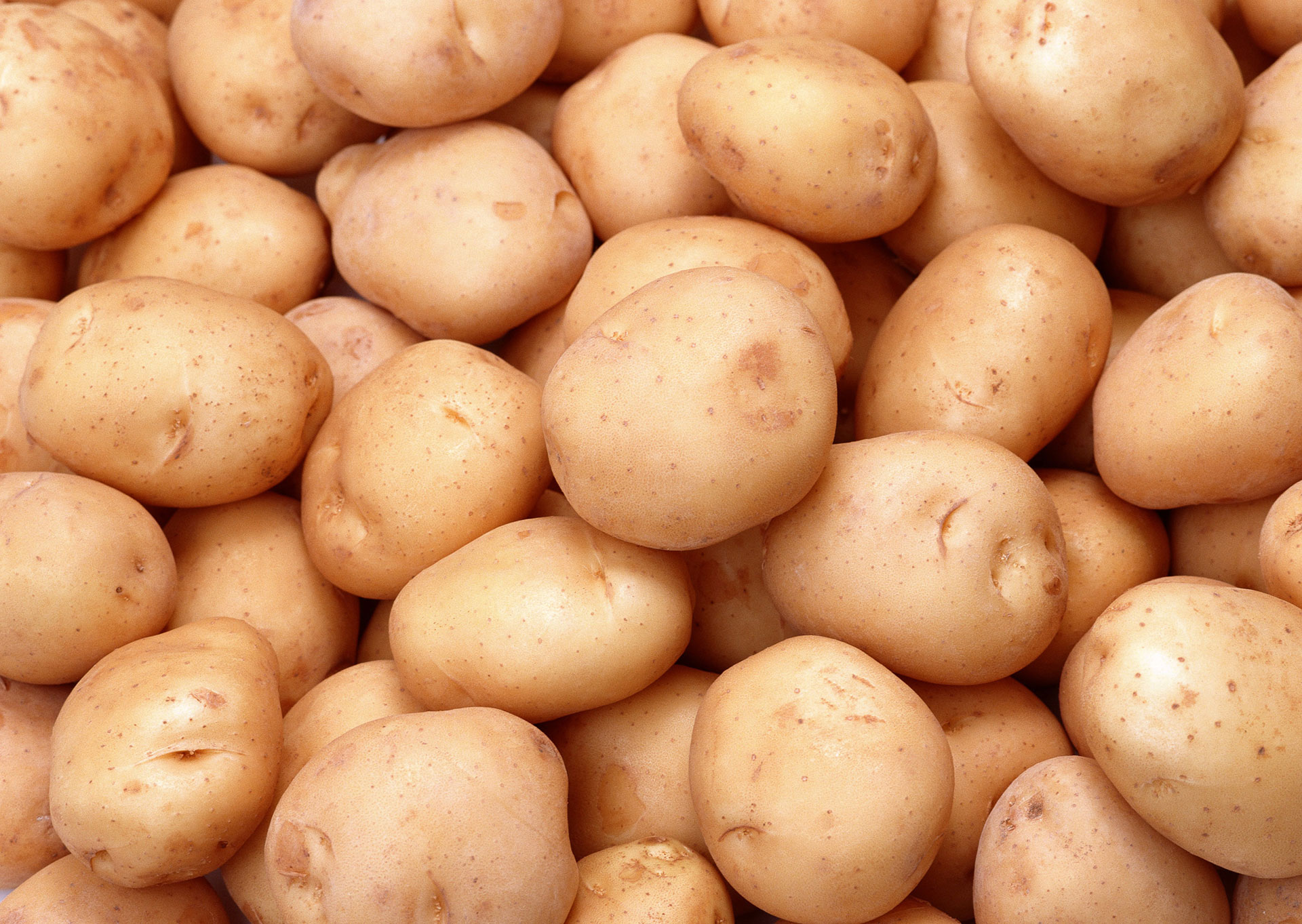Making farmers aware of the benefits of potassium nitrate, helps to make them more successful in achieving a higher yield of better tuber quality. First quality tubers have a greater weight and lower occurrence of skin blemish and fetch a higher price, translating to higher income.
In the city of Barranca - a coastal valley 200 km north of Lima - farmers apply potassium as potassium sulfate and potassium chloride. The choice for these sources limits the farmer to apply potassium only in the first dressing, when crop requirement for this nutrient is much lower than later in the season.

Image 1. Team at work: From left to right: Alci Soto, Oscar Rodríguez, Reymand Durand, Rodrigo Real, Juan Vasquez, Yamil Adum, Jhonathan Salinas.
The SQM Vitas Peru team demonstrated excellent results by using potassium nitrate in Qrop® KS as the main source of potassium for coastal potatoes in Peru, increasing first quality potato yield by replacing potassium sulphate and reducing use of potassium chloride.
Reymand Durand is a leading potato farmer in the area. The SQM Vitas Peru team proposed an improved potato nutrition programme providing advantages of adopting a more balanced fertilisation programme based on the use of KNO3 as the main source of potassium. Qrop® KS is a chloride free potassium source, and fits in an optimal nutrient programme which supplies a balanced NO3:NH4 ratio and application of potassium when the potato crop has its maximum requirement.
More than 8,000 years ago potato was first domesticated in the Peruvian Andes, and today it is an important staple food crop globally. Of a total of 4000 potato varieties that are known world-wide, more than 3000 are still grown in Peruvian soils.
With more than 300 thousand hectares, potato is one of Peru’s most abundant crops. Furthermore it is an important cash crop, generating 4% of the agricultural GDP.
Although almost 90% of the production of this crop is concentrated in the Peruvian Andes, there are several production centers on the coast, where the high technological level and good management of the crop make the "coastal potato" a segment of the market attractive for local markets, supermarkets and restaurants in the region.
Table 1. Fertiliser sources, application timing and dose rates, and nutrients applied with each treatment.
Three nutritional programmes were compared on surfaces of 0,5-1,5 ha (Table 1): the traditional farmer’s programme, with only two applications during the crop development, a low N-NO3:N-NH4 ratio and no use of potassium nitrate, and two programmes including the use of Qrop® KS, with the total fertilisers split over three application moments, the N-NO3:N-NH4 ratio 1,3:1, no use of potassium sulphate, and reduced application of potassium chloride. The two Qrop® KS programmes varied in the relative amounts of potassium nitrate applied at the three application moments and the level of reduction of KCl and the total amount of fertiliser applied. The yield was assessed during the farmer’s harvest, on a sample of more than 0,3 ha from each treated field.

Image 2. Potato crop at the time of the second fertiliser application.

Image 3. Harvest day.
Table 2. Tuber yield following the farmers practice and the SQM. nutrition programmes.
Results Highlights
The results of Mr. Reymand Durand's trial were excellent. Yield of tubers fertilised with Qrop® KS exceeded the yield of potatoes following farmers practice.
Use of Qrop® KS increased the total yield of potato tubers with up to 21%, following the second programme. The total amount of first class quality tubers increased up to 8%. The additional cost for the SQM programme were well returned: it resulted in 7% improved net income.
Table 3. Farmers revenue and profit following the farmers practice and the SQM nutrition programmes.
What is next?
Following this trial, SQM VITAS Peru’s Business Development team together with the Commercial Area, are developing action plans to efficiently communicate the good results of this work to other farmers, distributors and institutions and replicate it in other areas.



